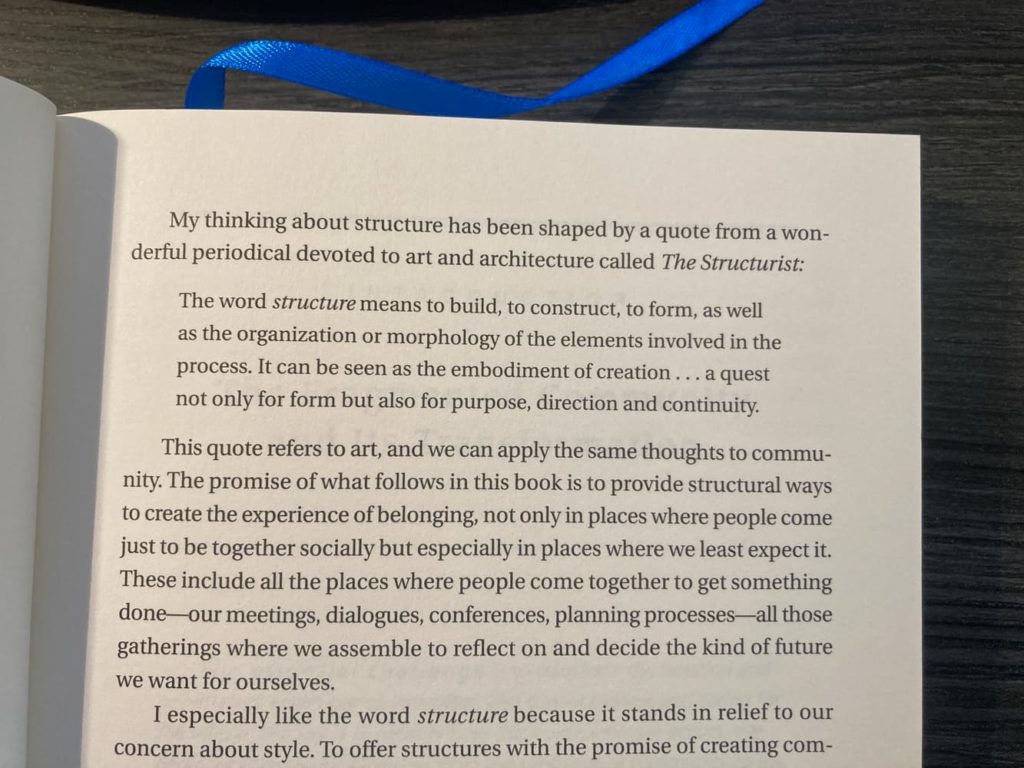How has participation in World Chase Tag and related activities influenced the personal training practices, community dynamics, and professional development of its participants?
World Chase Tag is transforming the perception of traditional playground games into a high-stakes global sport.
It definitely feels like it feels like 3D Chess, but just at a very rapid pace, just because of that other individual in you, you will get feedback from them, regardless of what they do.
~ Frank Mejia (6:53)
The conversation explores the evolution of World Chase Tag (WCT) as a burgeoning professional sport and its impact on participants. The discussion highlights how WCT has shifted from casual beginnings to a structured and competitive framework, requiring athletes to qualify and adopt advanced training regimens. This transformation has made WCT a unique intersection of traditional playground games and professional athletics.
Another focus is on the interplay of individual and community dynamics. Frank describes how engaging in such sports fosters creativity, camaraderie, and personal growth. The conversation also goes into the mental and physical challenges of maintaining focus and adaptability in high-intensity environments, as well as the broader implications of competitive tag on the Parkour community.
Takeaways
World Chase Tag as a professional sport — An evolution from casual games to competitive global events.
Parkour’s role in WCT — How foundational Parkour techniques are adapted for competitive tag.
Training adaptations — Shifting from power-focused to reactive and dynamic movements.
Community influence — How competitive events inspire collaboration and cultural exchange.
Mental challenges in competition — Balancing focus, strategy, and flow states under pressure.
Cultural impact of WCT — Bridging playground games with professional athletics.
Resources
World Chase Tag official website — Information about competitions, teams, and events.
Frank Mejia’s Instagram (@frnkmche4) — Updates and insights from a WCT athlete.
Move NYC — Community-centered events involving tag and movement.
(Written with help from Chat-GPT.)
ɕ
